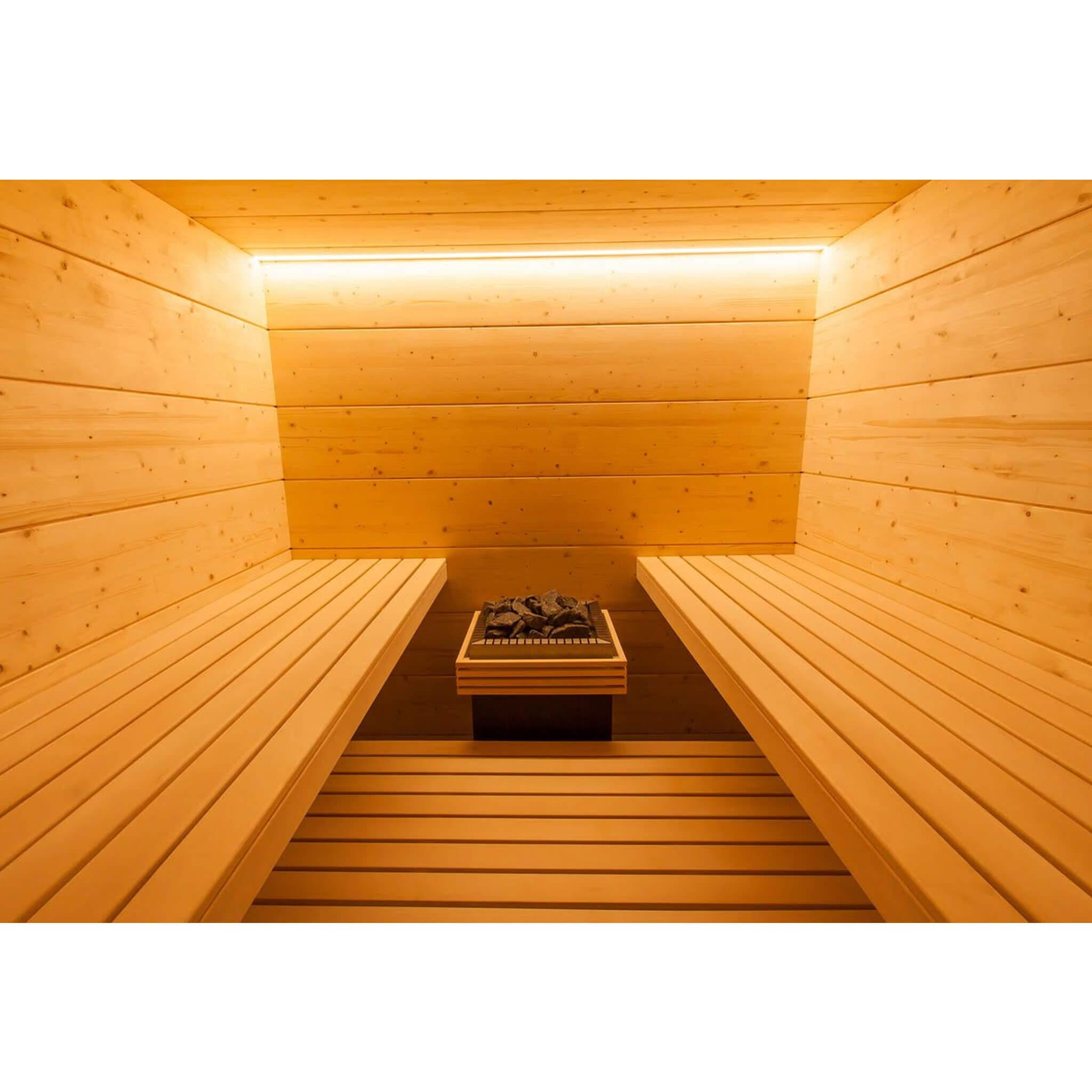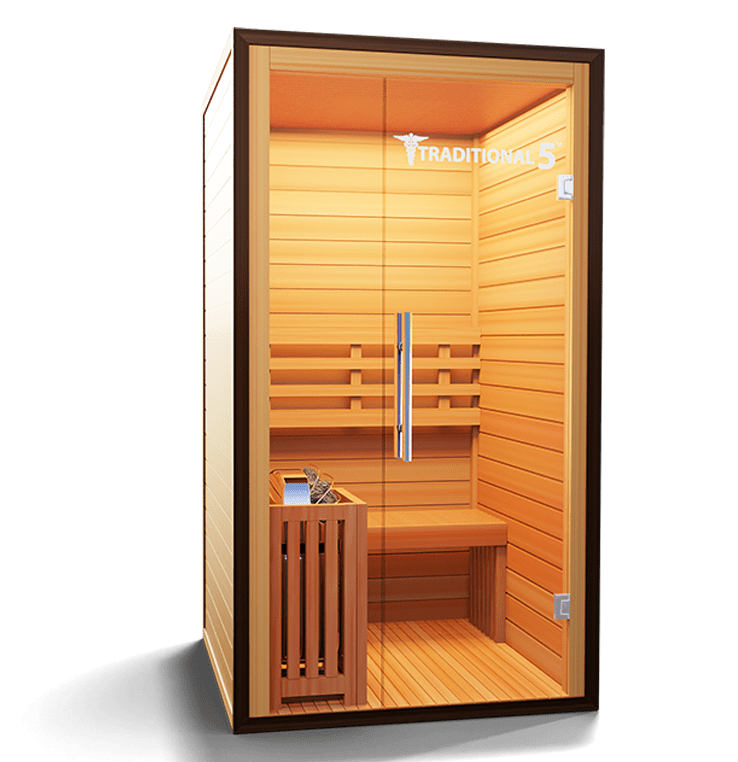Indicators on Traditional Sauna You Should Know
Indicators on Traditional Sauna You Should Know
Blog Article
Some Ideas on Traditional Sauna You Need To Know
Table of ContentsTraditional Sauna Can Be Fun For AnyoneTraditional Sauna Can Be Fun For AnyoneTraditional Sauna Things To Know Before You BuyExamine This Report about Traditional SaunaTraditional Sauna Can Be Fun For Anyone
The majority of the weight lost in a sauna is water loss and is re-gained upon rehydrating. Without an uncertainty sauna can be an important part of a healthy weight loss program. To take a look at the differences between conventional and IR saunas, I will separate these into verifiable, theoretical, and fabricated differences.Thus, the hottest factor in the saunawhich goes to the ceiling straight above the sauna heateris normally in between 185 and 190 F. Claims that a standard sauna surpasses 200 F is just not true and not appropriate for electric saunas marketed in the United States. The temperature level for a far-infrared sauna is normally set between 120 and 140 F; nonetheless, unlike the typical sauna, the objective in and IR space is not to achieve a high temperature level.

When a traditional sauna has actually been correctly heated, the sauna wall surfaces are cozy, the air temperature level has achieved established temperature level and the rocks are super warmed. As an interesting side note, the warmed walls and the rocks are producing far-infrared warmth, combined with the warmed air, to create an "covering warmth".
The Single Strategy To Use For Traditional Sauna
When the heat is attained, the elements cycle on and off to maintain the high temperature level. A lot of traditional sauna individuals appreciate pouring water over the rocks to create heavy steam to increase sauna moisture degrees. The advantages of putting water over the rocks include: making the room a lot more comfy, moistening the nasal passages, and enabling the usage of aromatherapy by mixing vital oils with the water.

When the power gets in the body, it creates the body temperature level to raise and inevitably causes sweat. In an infrared sauna it is very important for the emitters/heaters to continue to be on virtually frequently. Since there is no mass of rocks to retain heat, the sauna will certainly cool down if the emitters turned off.
4 Easy Facts About Traditional Sauna Explained
As stated above, the sauna bather in an infrared space intends to position himself in front of running emitters to get maximum gain from the warm. The home heating time for the two areas can be extremely various, depending upon how the areas are used. For a traditional sauna, a bather needs to allow 30-40 mins for the room to attain a desired temperature level and to correctly pre-heat the rocks.

A well constructed sauna will normally attain a temperature level of 150-160 F in about 30-40 minutes. For hotter temperatures, the space may require to warm for a longer duration.
To some, 15 mins was "thrown away" while the infrared power heated the wood panels instead of heating a body, while others find a pre-heated room to be much more comfortable and believe a raised starting temperature level is essential to start sweating. The size of advised usage for each i loved this and every area is about the very same (10-15 mins per session); nonetheless, as a result of the reduced air temperature levels and the capability to really feel the impacts of infrared warm faster than a conventional sauna, it is not uncommon for a person to invest a total amount of 20-30 mins in an infrared sauna.
Traditional Sauna Fundamentals Explained

The ordinary cost per kWH of power in the united state is approximately $0.11, so a 4.5 kW heating unit will certainly cost roughly $.50 to compete one hour, if the heating system runs continuously for one hour. Commonly a sauna heater will compete 75% of the initial hour and 50% of subsequent hours on because the aspects cycle once the established temperature level is achieved.
A two person far-infrared space is generally literally smaller than a standard sauna, usually about 4' x 4' or smaller. The IR heater is usually 1.5-1.7 kW utilizing a 120 volt 15 amp plug-in solution. Given that the area can be used sooner than a sauna room, we will presume the space is utilized for to of an hour including warm up time.
There is a hardly ever discussed distinction in the social experience in between the 2 spaces. While our culture has lost a few of the social benefit of the standard sauna experience, it can be really socially gratifying (Traditional Sauna). From family time in the sauna, to heart-felt conversations with better halves, to sauna partiesthe traditional sauna experience can lead to intimate socializing
9 Easy Facts About Traditional Sauna Described
Many greater end infrared rooms consist of tinted light therapy, audio systems and full-glass fronts.
Report this page